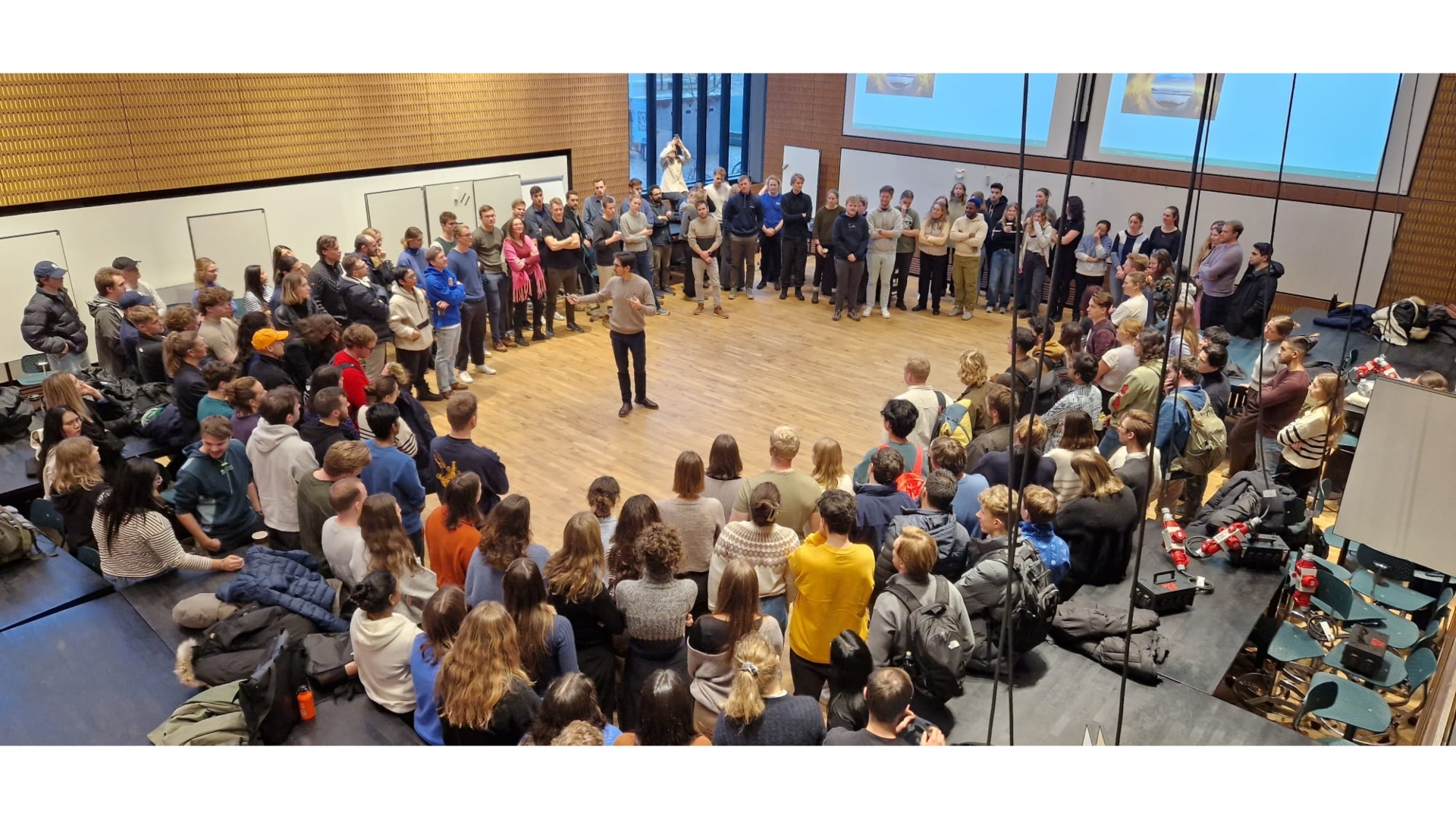Facts
Collaboration
Students inspire large company with return system
Six DTU students have developed a proposal for a return system for the international company BDR Thermea, which aims to increase circularity in their production of solar collectors.

A source of inspiration
Claudia Wagenfuhr, Sustainability Lead Engineer at BDR Thermea, sees the collaboration as a source of great inspiration.
“It has been very inspiring to work with the six students—and they have taught us a lot about how to integrate circularity in our production. Specifically, they have designed an initial proposal for how we could implement a return system allowing our consumers to return their used solar collectors to us,” she explains.
The students spent three weeks solving the BDR Thermea case. During this period, they had several meetings with Claudia Wagenfuhr where they asked her many clarifying questions about the company’s production of solar collectors. Finally, the students presented their solution to both the course lecturer and BDR Thermea.
”The plan is to share all the knowledge that the students have given us with the rest of the company so that more of our production chains can identify potential to become more circular. This is certainly not the last time we participate with a case,” Claudia Wagenfuhr adds.

Facts
Three ways of reusing materials
- Reuse: When you have discarded a product or material and used it in the same form and for the same purpose as when it was discarded.
- Recycling: When talking about recycling, the product or material is included in the production of a new product. For example, concrete and bricks are crushed and the materials are used as base layers under roads.
- Other ways of using waste: When the waste replaces other materials but is not simultaneously prepared for reuse or recycled.
Contact
Daniel Guzzo Researcher Department of Civil and Mechanical Engineering dgdco@dtu.dk